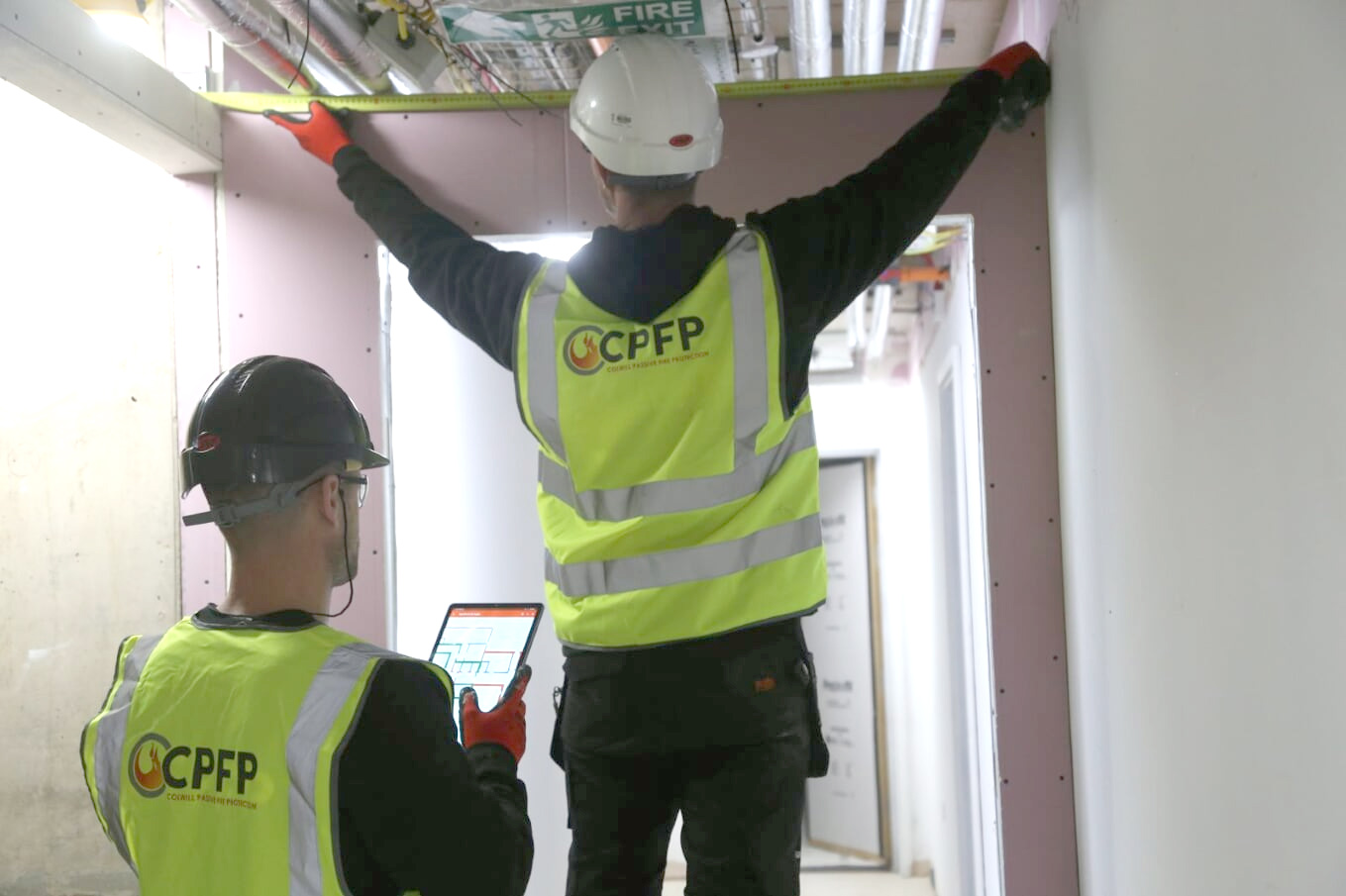Fire Safety in the Workplace Tips
A fire can be disastrous for a business – not only can it put the wellbeing of your staff and customers at risk, but it can also destroy valuable equipment and important documents, as well as tarnish the reputation of your organisation. Fire safety is therefore essential for all workplaces.
Who is Responsible for Fire Safety in the Workplace?
In England, you are responsible for fire safety in business or other non-domestic premises if you’re an employer, the owner, the landlord, an occupier or anyone else with control of the premises (a facilities manager, for example).
It is the responsible person’s duty and legal requirement to carry out a fire risk assessment of the premises. The assessment can be conducted by the responsible person themself or by a professional assessor, identifying hazards, people at risk and ways to reduce or remove fire risks. The assessment must be recorded and reviewed regularly, and staff must be informed about all the risks identified.
The responsible person must also put in place and maintain appropriate fire safety measures, plan for an emergency and provide staff with information, fire safety instruction and training.

Fire Safety Tips for the Workplace
Fire safety requirements will inevitably differ from business to business due to the type and function of the building, number of employees and a variety of other factors. However, here we’ve listed and explained some general tips for you to consider when it comes to fire safety in the workplace.
Fire Safety Equipment
Fire safety equipment is essential for any workplace, no matter the size or location. This includes fire alarm detectors, fire extinguishers, fire exit signs/lighting and fire escape ladders (if necessary). In the event of a fire, the right equipment will ensure employees are alerted early and enable them to manage and extinguish the fire before it becomes out of control.
Passive Fire Protection
Passive fire protection (PFP) is crucial to saving lives and ensuring workplace damage is reduced in the event of a fire. Built into the structure of a building, it is designed to prevent the spread of fire and smoke by containing it in a single compartment.
Some of the most effective types of passive fire protection components include cavity barriers, penetration sealing and fire compounding.
- Cavity barriers – segregates void spaces within walls, ceilings and below suspended floors with fire-stopping materials.
- Penetration sealing – compartmentalises buildings and seals cavities created by cables, ventilation and piping.
- Fire compounding – a protective property that is used as a substitute when materials have penetrations passing through, such as wires and pipework.
Other examples of passive fire protection include internal fire doors, shutters, structural fire walls and dampers.
Assign Fire Wardens
Known as ‘Fire Wardens’, your workplace should have a designated person(s) in charge of fire safety procedures. They should be responsible for carrying out checks on fire safety equipment and should also take the lead in the event of a fire, guiding staff through emergency exits and performing head counts.
Provide Employees with Fire Safety Training
Your employees should receive fire safety training because without knowledge of your business’ fire safety procedures, the consequences of a fire emergency could worsen. They need to know what to do in the event of a fire, including how to operate fire prevention equipment, how to safely evacuate the building and where the assembly point is located. Refresher training should also be provided in order to keep staff aware and up to date with the most recent measures.
Hold Regular Fire Drills
It’s recommended that you hold regular fire drills so that you and your staff have the opportunity to practice your fire evacuation procedures. This gives staff confidence in what to do when there is a fire and can help to reduce fear. A lot of organisations hold fire drills annually, but they should be performed more frequently if escape routes or procedures change.
Professional Fire Safety with CPFP
Here at CPFP, we specialise in helping businesses in the UK prevent the transfer of fire, smoke and heat through walls, floors and ceilings. We install and maintain the highest levels of passive fire protection to buildings of all sizes across a variety of sectors, ensuring that should a fire break out, the potential physical and financial damage to a building is kept to a minimum.
We provide a comprehensive range of services and our team are all IFCC accredited. To find out more about passive fire protection and how we can help to protect your workplace, please don’t hesitate to get in touch with a member of our team today.
Speak to Us Today.
Address: The Old Angel, Flax Bourton, Bristol, BS48 3QQ
Phone: 0117 450 9943
Email: info@cpfp.co.uk
